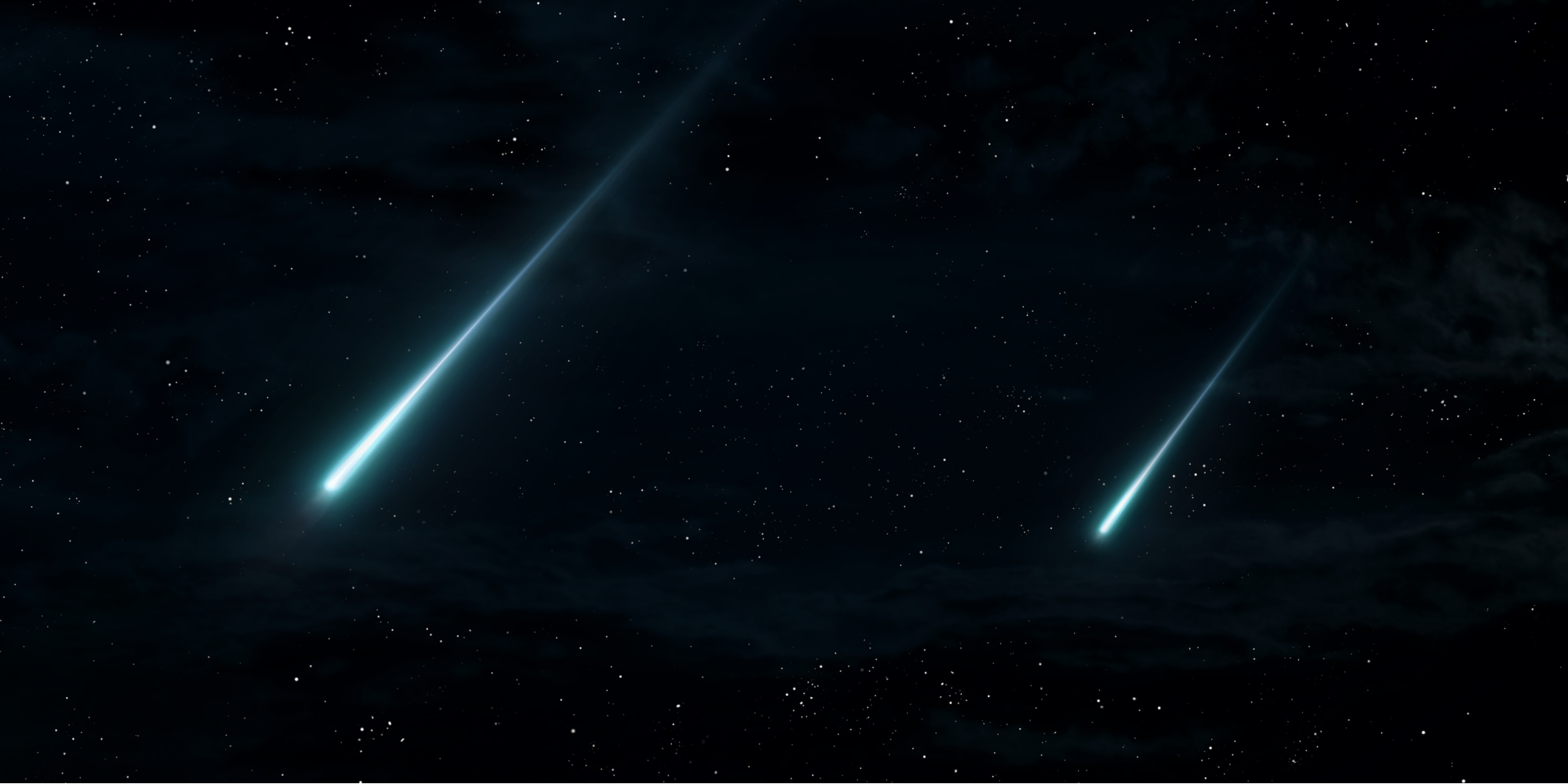The peak of the Perseid swarm is getting closer and closer. Ahead of us is the “Night of shootng stars” or the climax of the Perseids swarm observation. On the night from Monday to Tuesday (August 12/13) we will be able to observe the most falling stars.
The Perseids, one of the most famous meteor swarms, return every year. Astronomers expect today to be the maximum of the Perseids, the summer swarm of meteors. Under favorable conditions, dozens of meteors can then be spotted per hour. The night of shooting stars, known as the night of the Perseids, is one of the most spectacular astronomical shows we can enjoy in the summer sky.
Falling stars, or meteors, are luminous phenomena accompanying the passage of a space rock (meteoroid) through the Earth’s atmosphere. Most such particles burn up in the atmosphere, only the larger ones are able to reach the surface of our planet and after falling we find them as meteorites.
Meteors appear in the sky throughout the year. They can be random phenomena (so-called sporadic meteors), but there are also many so-called meteor swarms. Among the most active meteor swarms are the Perseids.
Perseid activity begins on July 17 and lasts until August 24. However, the most significant period is around the maximum, which usually falls on the night of August 12-13. According to the American Astronomical Society, the predicted time of the Perseid shower maximum this year is August 12, around 4 pm our time.
The Perseids are a swarm of meteors known since ancient times. They are fast meteors. They can leave trails after the flyby. They reach speeds of 59 km/s and usually fall in groups of 6-15 meteors in 2-3 minutes. At the maximum, there can be as many as 100 meteors per hour (under theoretical, ideal conditions).
The meteors of the Perseid swarm are related to comet 109P/Swift-Tuttle. It is a periodic comet that passes near Earth every 133 years. It was first spotted in 1862 by American astronomers Lewis Swift and Horace Tuttle.
No binoculars or telescopes are necessary to observe the meteors. All you need is good visibility into a large section of the cloud-free sky. The darker the area, the more meteors you will see.
A list of known meteor swarms is available on the International Meteor Organization website (https://www.imo.net), as well as in the free “Astronomical Almanac for 2024” published by the Polish Astronomical Society (https://www.urania.edu.pl/almanach)
Astronomy – admissions for the Doctoral School
We invite you to apply for our Doctoral School! The Nicolaus Copernicus Superior School has just opened admissions for doctoral programs in the 2024/2025 academic year. SGMK incorporates in its academic and scientific activities the five “Copernican” disciplines and runs doctoral programs in the following colleges: College of Astronomy and Natural Sciences in Toruń, College of Medical Sciences in Olsztyn, College of Legal Sciences in Lublin, College of Philosophy and Theology in Cracow, and College of Economic Sciences and Management in Warsaw.
For more information about admissions go to: https://sd-rekrutacja.sgmk.edu.pl/
Nicolaus Copernicus Superior School
Internationality | Interdisciplinarity | High quality teaching
SGMK is a new public university that aims to educate the future elite by attracting and employing scientists, lecturers and specialists from the best research centers in Poland and the world. During the first academic year of the Nicolaus Copernicus Superior School, 54 doctoral students began their education. Lectures and classes were given by experts from top international universities (M.I.T., Oxford University, Stanford University, Princeton University, Harvard University, La Sapienza, among others), including a wide range of Nobel Laureates: Prof. Barry Barish, Prof. Joachim Frank, Prof. Michel Mayor, Prof. William E. Moerner, Prof. Arthur B. Mc Donald, Prof. James E.B. Peebles, or Prof. Didier Queloz. The culmination of the 2023/2024 academic year was marked by a lecture entitled “The Future of Europe”, delivered by Nobel Laureate in Economics, Prof. Paul Krugman.







